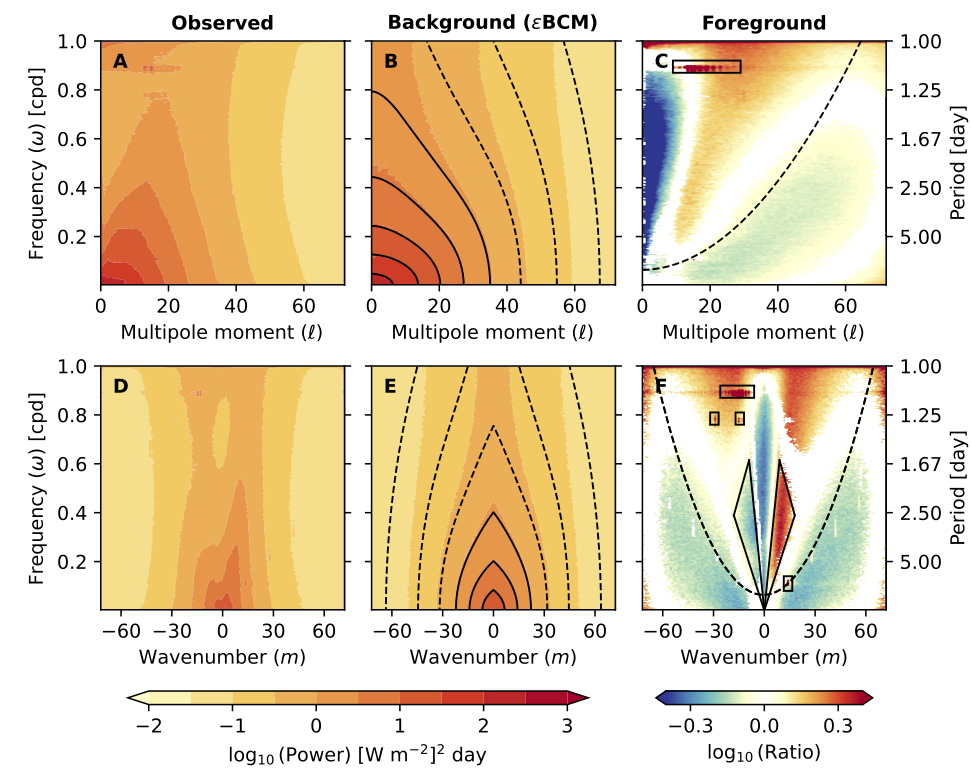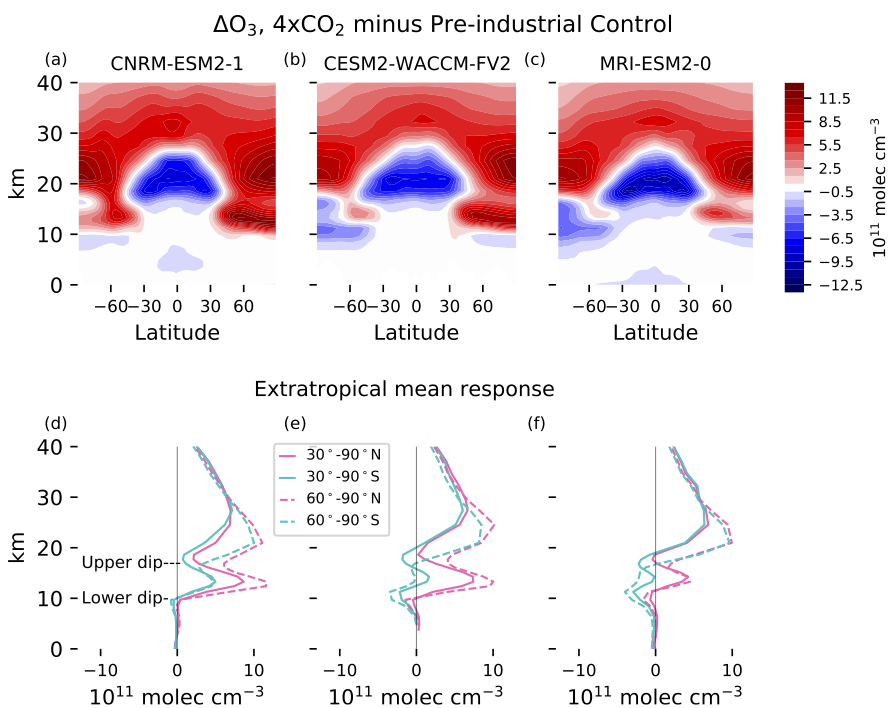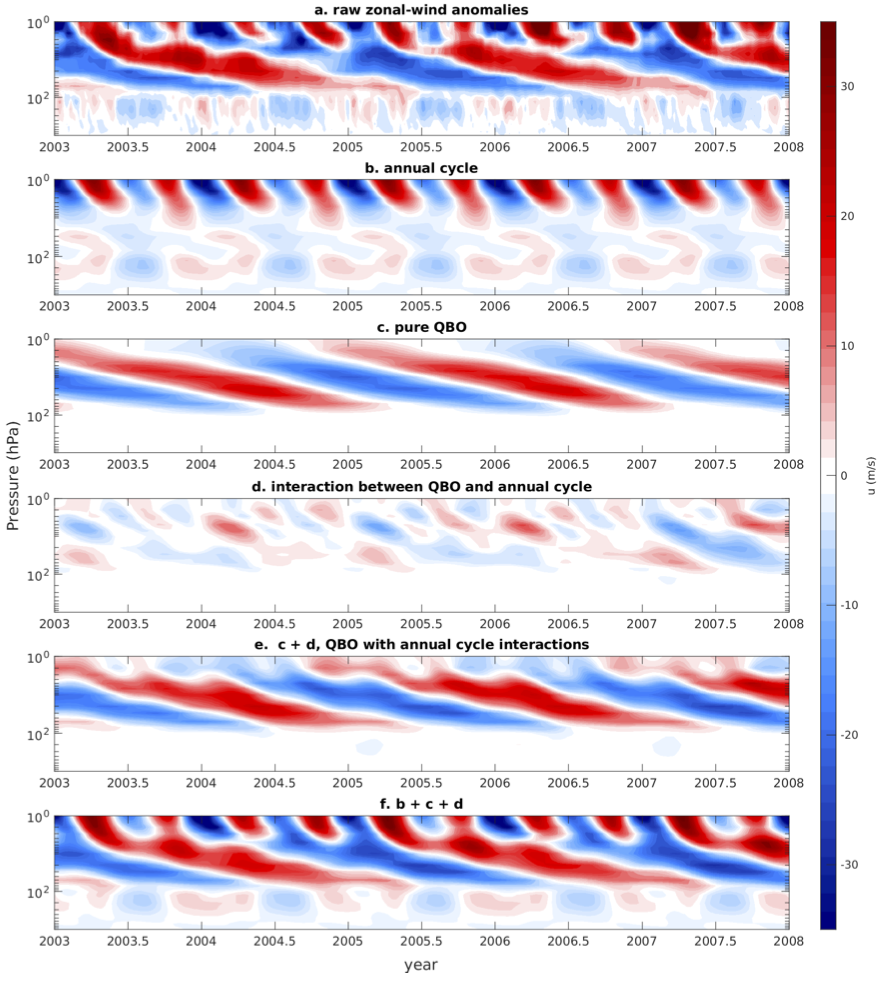See you at the AMS Annual Meeting!
Published:
Coming to the AMS Annual Meeting in Phoenix next week (6-10 January)? Check out these presentations!
175A: The Building Blocks of Northern Hemisphere Wintertime Stationary Waves, Monday 4-6 pm, Hall 4
992: Summary and Highlights of the SPARC-Reanalysis Intercomparison Project, Wednesday 4-6 pm, Hall 4
7.1: The Annular Modes in Reanalyses: The Value of Conventional and Surface-Observation Input Reanalyses in the Northern Hemisphere, Thursday 10:30-11 am, West 212A




